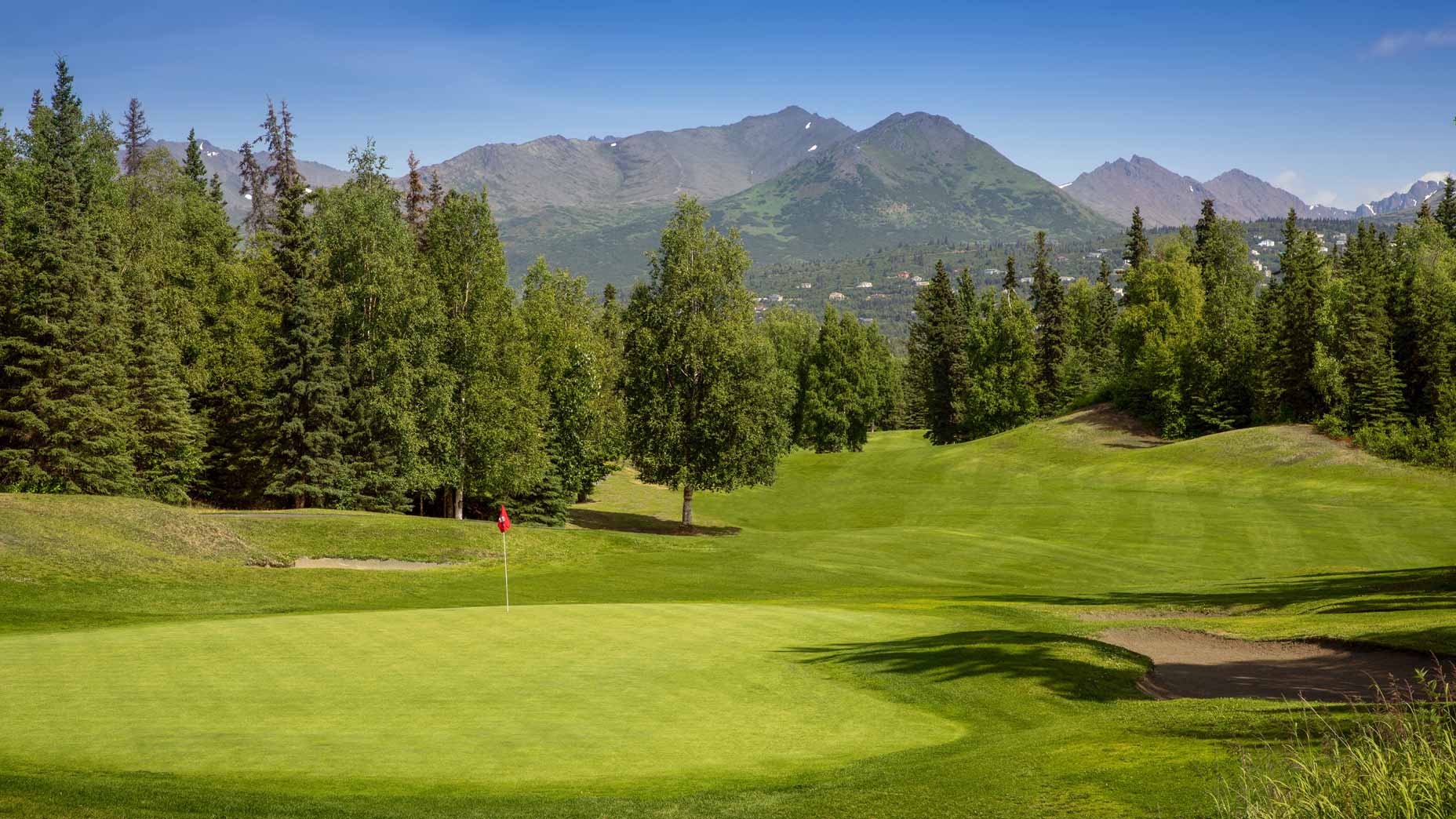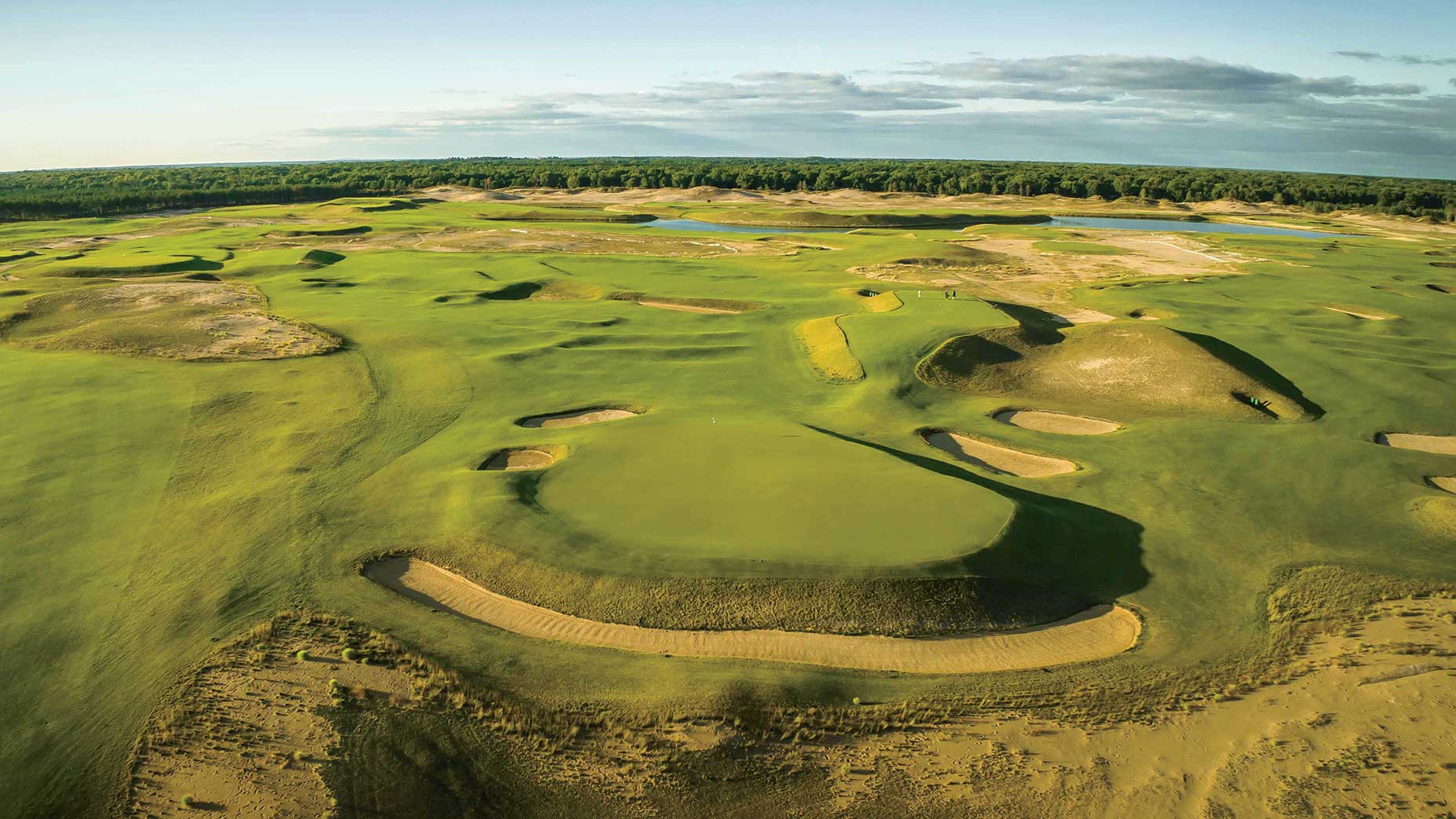As part of GOLF’s rigorous ratings process for our newly released Top 100 Courses in the U.S. and Top 100 Courses You Can Play rankings, our fleet of 100-plus expert panelists identified the best golf courses in every state.
You can check out the links below to browse all of our course rankings, or scroll down to see the best courses in Alaska. And if you’re looking to create your own trip in the future, you’d be wise to let GOLF’s new Course Finder tool assist you. Here, you can toggle all of our lists — Top 100 public, best munis, best short courses, best par-3s and more — or filter by price to create the perfect itinerary for your next trip.
GOLF’s other course rankings: Top 100 Courses in the World | Top 100 Courses in the U.S. | Top 100 Courses You Can Play | Top 100 Value Courses in the U.S. | America’s Best Municipal Courses | The 100 Best Short Courses in the World
Check out our all-new travel podcast Destination GOLF. Listen and subscribe wherever you get your podcasts: APPLE | SPOTIFY | IHEART | AMAZON

The best golf courses in Alaska (2024/2025)
SYMBOL GUIDE
# = Top 100 Course in the U.S.
Y = Top 100 You Can Play in the U.S.
V = Top 100 Value Course in the U.S.
P = Public/Resort
Ed. note: Some courses were omitted from our rankings because they did not receive enough votes.
1. Moose Run (Joint Base Elmendorf-Richardson) [P]
2. Anchorage Golf Course (Anchorage) [P]
3. Chena Bend (Fort Wainwright) [P]
4. Palmer Golf Course (Palmer) [P]
5 Settler’s Bay (Wasilla) [P]
How we rank our courses
For our newly released Top 100 U.S. and Top 100 You Can Play lists — a process that helped us create 50 best-in-state rankings — each panelist was provided a ballot that consisted of 609 courses. Beside the list of courses were 11 “buckets,” or groupings. If our panelists considered a course to be among the top three in the U.S., they ticked that first column. If they believed the course to be among Nos. 4-10, they checked that column, followed by 11-25, 26-50, and so on out to 250+ and even a column for “remove.” Panelists were also free to write in courses that they felt should have been included on the ballot.
Points were assigned to each bucket; to arrive at an average score for each course, we divide its aggregate score by the number of votes. From those point tallies, the courses are then ranked accordingly. It is an intentionally simple and straightforward process. Why? Because it historically has produced results that are widely lauded. Like the game itself, there’s no need to unnecessarily complicate things or try to fix something that already works so well.
The key to the process is the experience and expertise of our panel. Hailing from 15 nations and all the worldwide golf meccas, each of our 127 handpicked panelists has a keen eye for architecture, both regionally and globally. Many of our panelists have played more than 1,000 courses in 20-plus countries, some over 2,000. Their handicaps range from +5 to 15.
Because the nature of course rating is so intensely subjective, no one opinion carries the day. The only way, then, to build meaningful consensus is to incorporate this diversity of panelists and experiences into one ranking.
Need help unriddling the greens at your home course? Pick up a custom Green Book from 8AM Golf affiliate GolfLogix.










